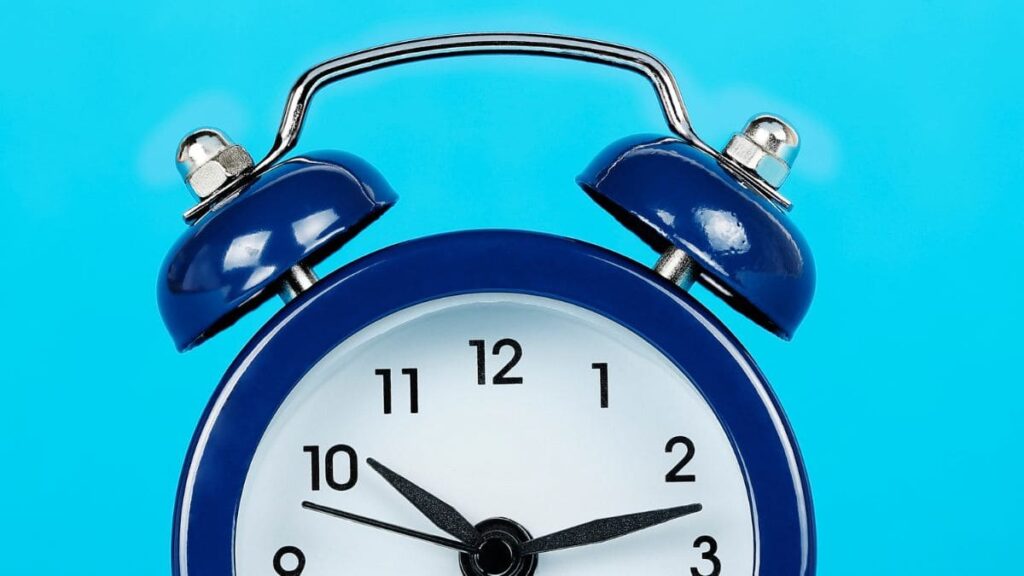September is coming to an end, and with it summer. Temperatures dropping below 25 degrees are reminders that summer is coming to an end.
This year, as usual, the clocks will be turned back on Sunday, November 3, marking the start of shorter days. While opinions on the practice vary, one clear benefit is that everyone gets an extra hour of sleep.
History of the time change in the United States
The time change in the United States, known as Daylight Saving Time (DST), is implemented to make better use of natural daylight during the spring and summer months. By moving the clocks forward by one hour in the spring and back by one hour in the fall, the idea is to reduce the need for artificial lighting in the evenings, which can save energy and reduce costs.
The concept was first suggested by Benjamin Franklin in the 18th century, although it wasn’t officially adopted in the U.S. until World War I, when the government sought ways to conserve energy. It was again implemented during World War II for similar reasons, and later became more standardized with the Uniform Time Act of 1966, which set consistent rules for the use of Daylight Saving Time across the country.
However, not all states participate. For example, Hawaii and most of Arizona do not observe DST. In most other states, clocks are moved forward by one hour in March and set back by one hour in November.
The main reasons for the time change are:
- Energy savings: Reducing the use of artificial light in the evening.
- Maximizing daylight: Allowing more daylight for outdoor activities after work or school.
- Economic benefits: Certain sectors, such as retail and tourism, may benefit from extended daylight hours.
Despite these reasons, the effectiveness of the time change is still debated, particularly in terms of its impact on energy savings, health, and overall well-being.
